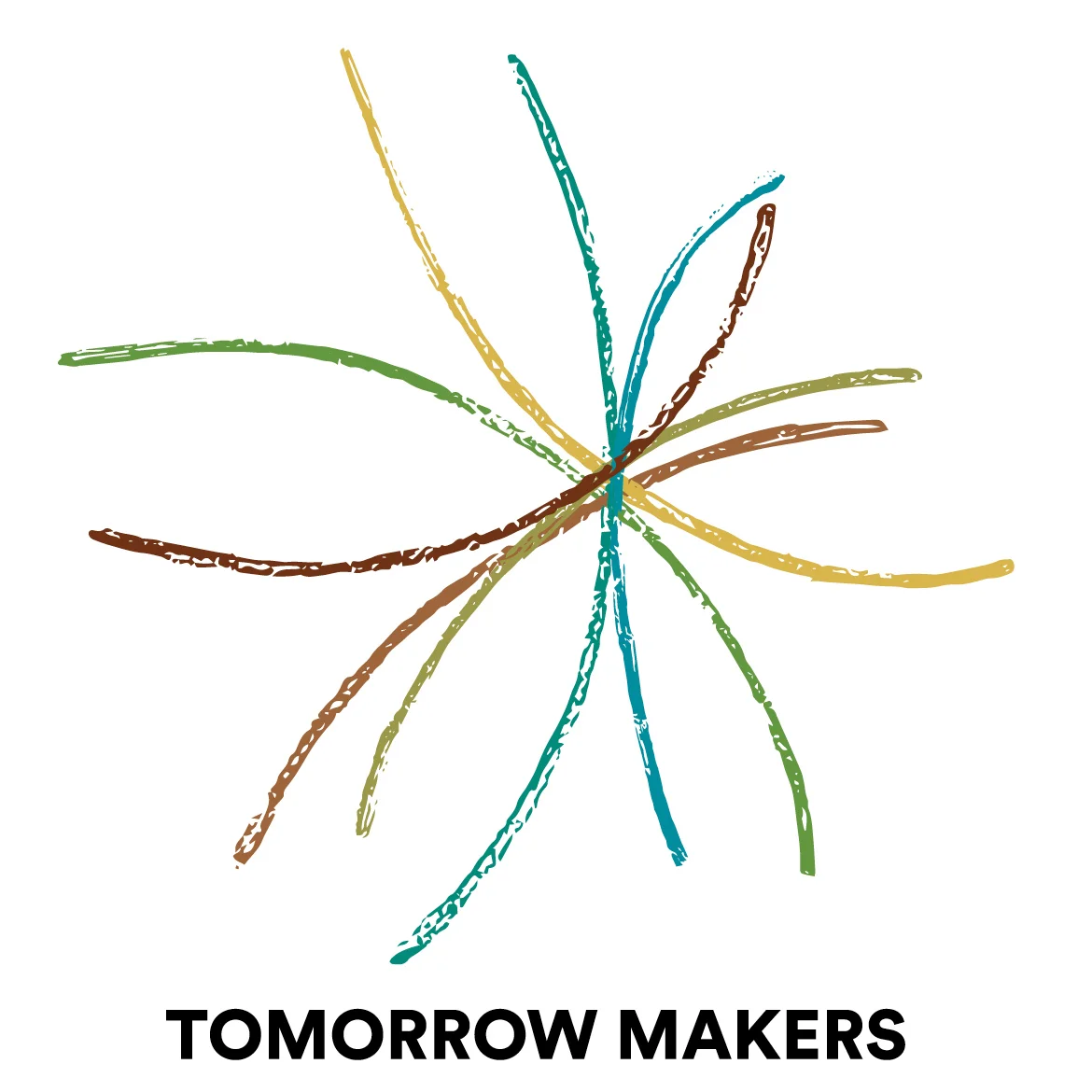Emerging Attractors for Escaping Communities
/Structural coupling, then, is the process through which structurally-determined transformations in each of two or more systemic unities induces (for each) a trajectory of reciprocally-triggered change. This makes structural coupling one of the most critical constructs in autopoietic theory. -Encyclopedia Autopoietica
I have been thinking about the structural coupling processes that help create and define a community.
Of all the elements and relationships of elements that make up a community at any given time, those with the greatest attraction tend to produce the strongest coupling behavior. Which elements are the strongest at any given time is dynamic. Some elements and relationships of elements have appeared as strong coupling agents for hundreds or thousands of years. Others grow strong and dissipate with more fluidity.
At times, a new coupling agent or a new relationship among agents emerges and the social structure of the community undergoes a phase change -- a perturbation in which a new (relatively) stable-state is achieved.

